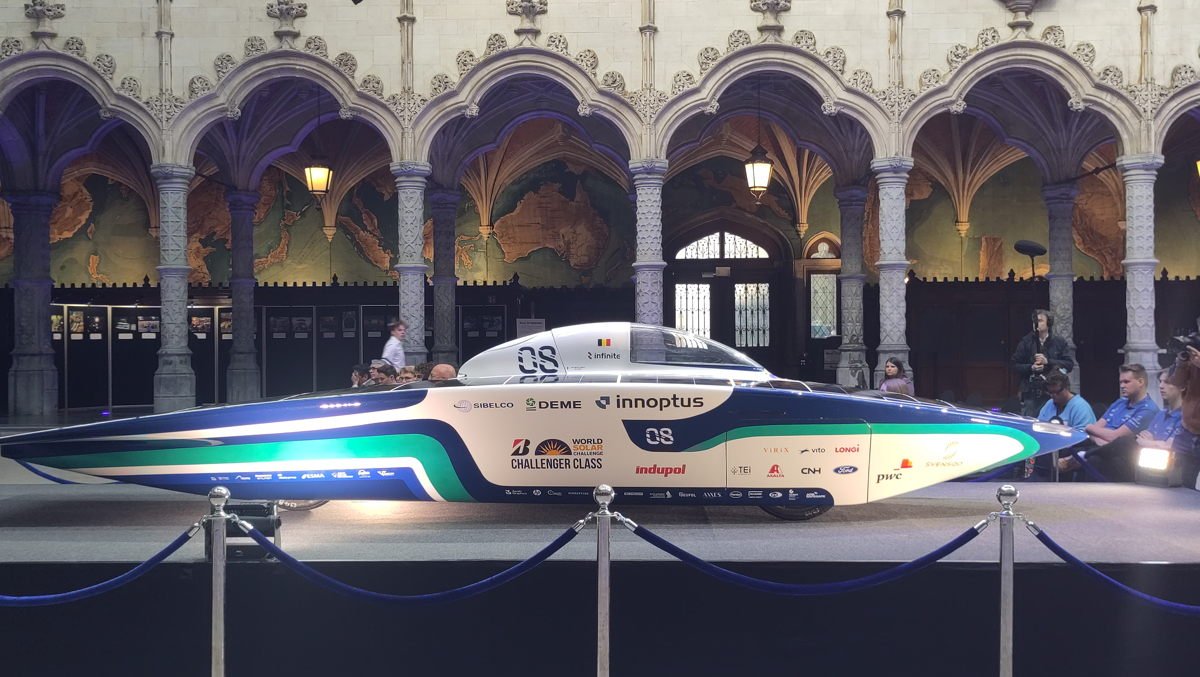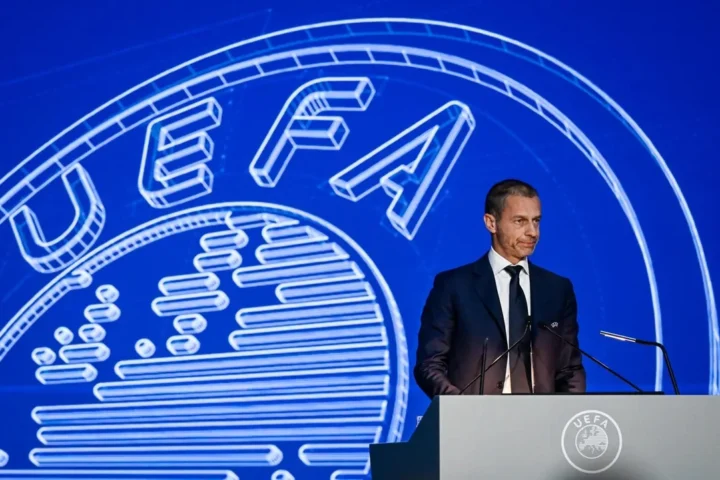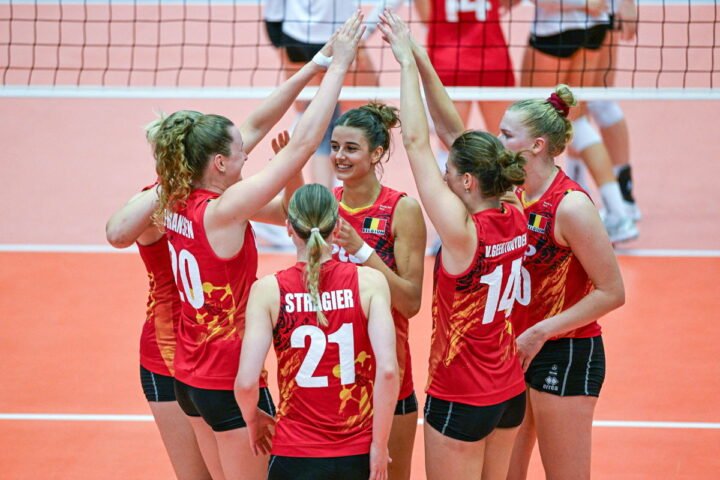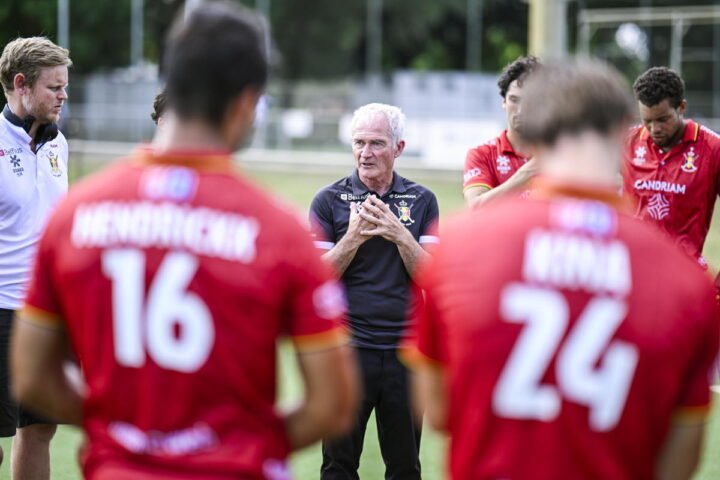Innoptus Solar Team Unveils Innovative Solar Car for World Championship
The Innoptus Solar Team of KU Leuven has introduced a groundbreaking innovation, the Bounce adaptive ride height system, in its latest solar car, the Infinite Apollo, as they prepare for the world solar car championship in Australia from August 24 to 28, reports 24brussels.
This adaptive ride height system marks a first for Belgian solar vehicles. Utilizing a hydraulic mechanism, the Bounce enables the Infinite Apollo to adjust its ride height dynamically, based on speed and road conditions. This feature aims to enhance both stability and aerodynamics, crucial elements for navigating the 3,000 km race through the challenging terrain of the Australian Outback.
“Driving through the Outback is never easy. With a larger solar panel and a smaller battery, the focus is even more on stability. That’s why we developed the Bounce, so that the car can adapt to everything we encounter on the road,” said Sam Dilmaghanian, an electronic engineer on the Innoptus Solar Team.
The Infinite Apollo features a solar panel measuring 6 square meters, which is 50% larger than its predecessor. This increased surface area contributes to improved stability. The Bounce adjusts the car’s height to enhance performance, lowering it during strong crosswinds and raising it when traversing rough terrain. The system is designed to respond swiftly, allowing the car to navigate obstacles while adhering to the competition’s regulations. By accurately managing the vehicle’s center of gravity, the Bounce intends to offer the team enhanced control, flexibility, and reliability throughout the race.
Mechanical engineer and driver Lander Deprez noted, “The Bounce is part of a broader trend in the automotive industry, where adjustable ride height systems are increasingly utilized to help vehicles adapt to changing road conditions in real time.”
The unpredictable winds during the championship, notorious for their varying direction and intensity, prompted the team to implement another significant innovation earlier this year: the Double Fin. The new design includes two asymmetrical fins, each optimized to capture winds from a designated side. “With our double fin, we can better manage fluctuating wind conditions and gain more practical advantage from the wind,” explained aerodynamic engineer Julie ter Hark.
The Bridgestone World Solar Challenge occurs every two years, with the KU Leuven team having previously secured championships in 2019 and 2023.
#FlandersNewsService | The Infinite Apollo, the 11th solar car by the Innoptus Solar Team © BELGA PHOTO INE GILLIS










